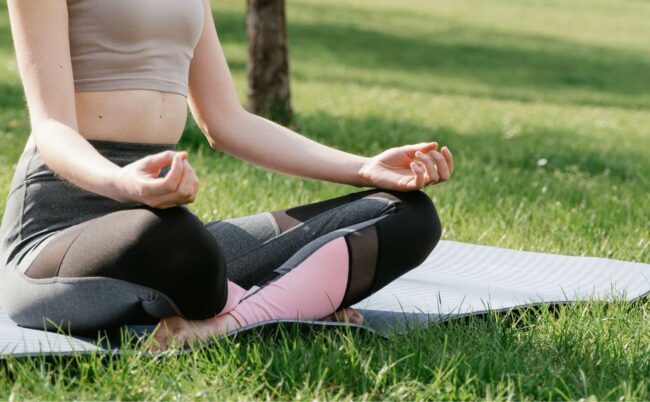THE urinary leakage affect many women, at different times of life. Although this subject very often remains taboo, there are simple and effective solutions to improve the quality of daily life. Among them, the regular practice of targeted exercises makes it possible to strengthen the pelvic floor, prevent incontinence and regain self-confidence. Discover in this article the most recommended exercises to combat urinary leakage, as well as practical advice to easily integrate them into your daily life.
Why do these leaks occur?
THE perineum is an inconspicuous muscle group, but central. It supports the bladder, uterus and rectum.

When he relaxes – after pregnancy, with age, or sometimes without an obvious cause – it no longer performs its role as well.
Result: urinary leakage can appear, especially during exercise, when you sneeze, cough, laugh or lift something. These situations are neither rare nor shameful. They can concern any moment of life, but they are not not a fatality.
THE strengthening of the perineum is an effective solution, provided you practice the right exercises and, sometimes, to be accompanied.
How do exercises work on urinary leakage?
Working the perineum allows you to strengthen your tone. This provides better support to the pelvic organs and improves urinary control.

When you carry a load, for example, the pressure in the stomach increases. If the abdominals are not properly engaged, it is the perineum which compensates. Indeed, a weakened perineum is no longer able to keep up, hence the losses.
By strengthening this area, we restore the body to its natural maintaining abilities. We reduce the risk of leaks and we act to prevent a possible prolapse.
What are the most effective exercises?
THE Kegel exercises are the best known. They consist of contract then voluntarily release the pelvic floor muscles. This can be done lying down, visualizing the muscles as if you wanted to hold a stream of urine. Over time, muscular strength and endurance increase.

There diaphragmatic breathing is another method. By synchronizing breathing and contraction of the perineum on exhalation, we gently mobilize the lower abdomen, while working the natural support for internal organs.
On the other hand, the bridge (raise the pelvis into a lying position) and the plank (isometric hold supported on the arms) engage the deep abdominals and the perineum together. These are excellent supplements to traditional rehabilitation.

Practiced regularly, these exercises will be useful in the event of urinary leakage or to prevent their occurrence. In fact, they allow strengthen and tone the pelvic floor.
Accessories to go further
When you have trouble locating your muscles or staying regular, some tools can help. THE Geisha balls, for example, require you to maintain a slight contraction so as not to let them slip. This is a good discreet workout, especially for daily maintenance.

THE biofeedback devices, for their part, allow visualize perineal contractions in real time a screen.
These devices improve body awareness, reduce urinary leakage and above all, provide additional motivation to continue the exercises through progress monitoring.
And the Emy perineal probe in all this?
There Emy probe stands out for its approach accessible and interactive. It connects to a mobile application and transforms rehabilitation into fun mini-sessions.

Thanks to a biofeedback system, you can pilot simple games – take off a rocket or guide a hot air balloon – only by contracting your perineum.
The exercises offered target different forms of contractions: fast, long, repeated. This allows a complete strengthening of the pelvic floor.
Learn more about the Emy probe
The Emy probe is designed to be used at home, without discomfort or pain. It is also a reusable medical device, manufactured in France and Portugal, and the clinical studies show a marked improvement in symptoms from the first weeks.
The application allows you to track your progress and access specialized content (videos, yoga, medical articles, etc.). This is an ideal solution to consider if you are looking to work at home, at your own pace, while maintaining structured monitoring.

How long should you practice?
There is no single answer. This is variable for each woman and depends on the level of muscle weakness, the intensity of the leaks, and the regularity of the sessions.
In general, the first results appear after a month. Regular practice – 3 to 5 times per week, 10 to 15 minutes per session – remains the best guarantee of effective reinforcement.

At any age? Even after menopause?
Yes. There perineal rehabilitation is effective also among menopausal women or elderly.
Even though the tissues are sometimes less responsive, progressive training gives results. In case of prolapse or pain, a medical advice is essential before you begin.

Should you consult before?
This is not mandatory, but always useful. A perineal assessment lets you know your starting point. A midwife or specialized physiotherapist can, for example, help you choose the right exercises and adapt the intensity.






